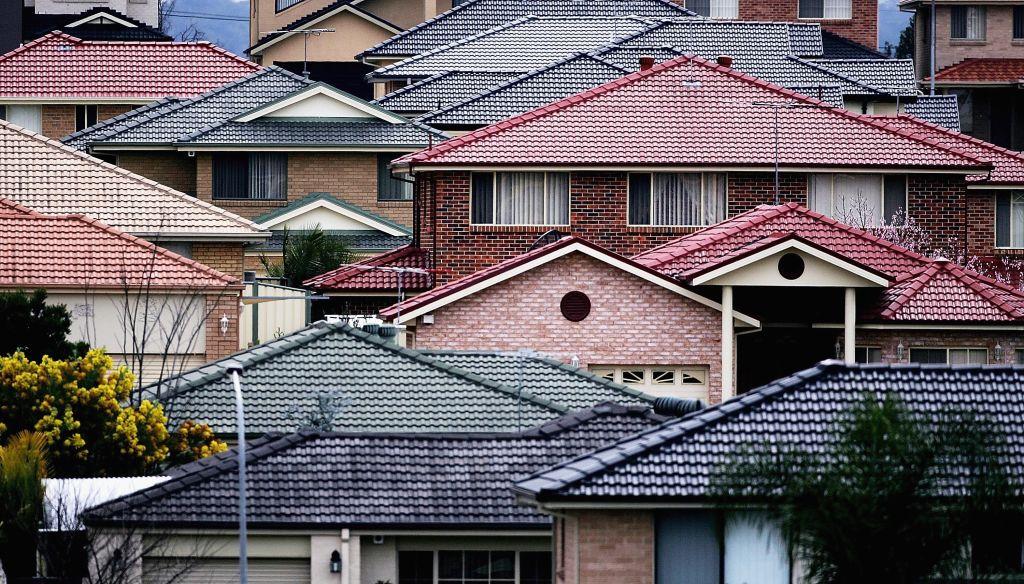Sydney risks becoming “the city with no grandchildren” as soaring housing costs force 30- to 40-year-olds out, a senior government official warns.
Between 2016 and 2021, Sydney lost twice as many people aged 30 to 40 as it gained, with 35,000 newcomers compared to 70,000 departures, according to a new New South Wales (NSW) Productivity Commission paper (pdf).





